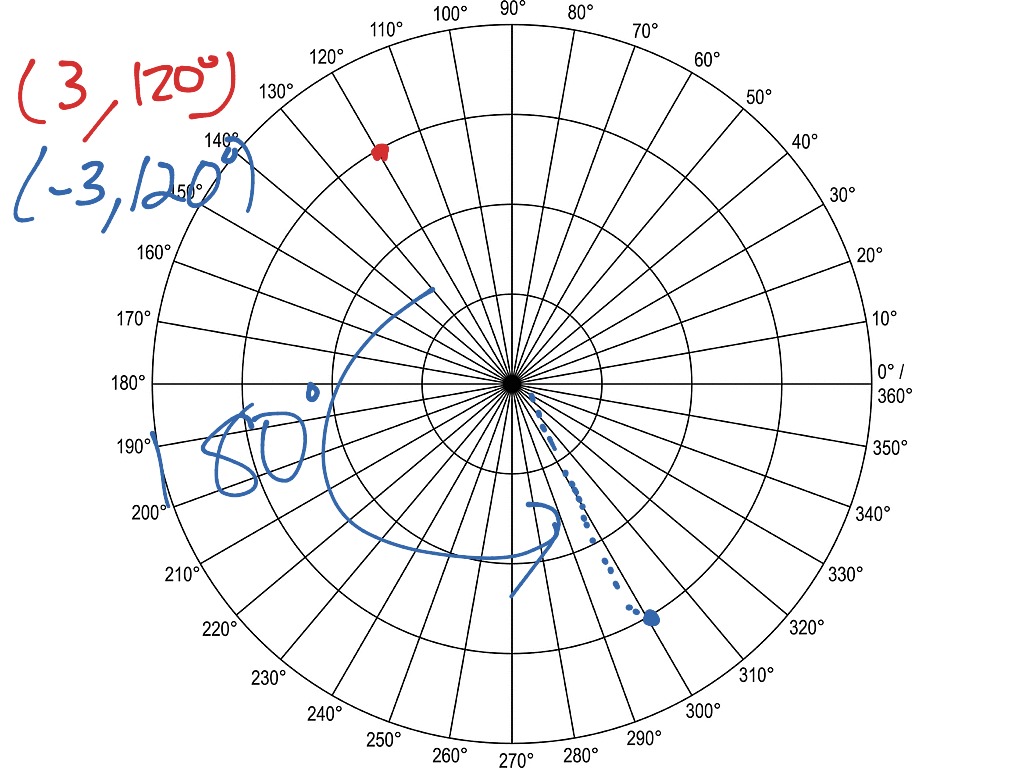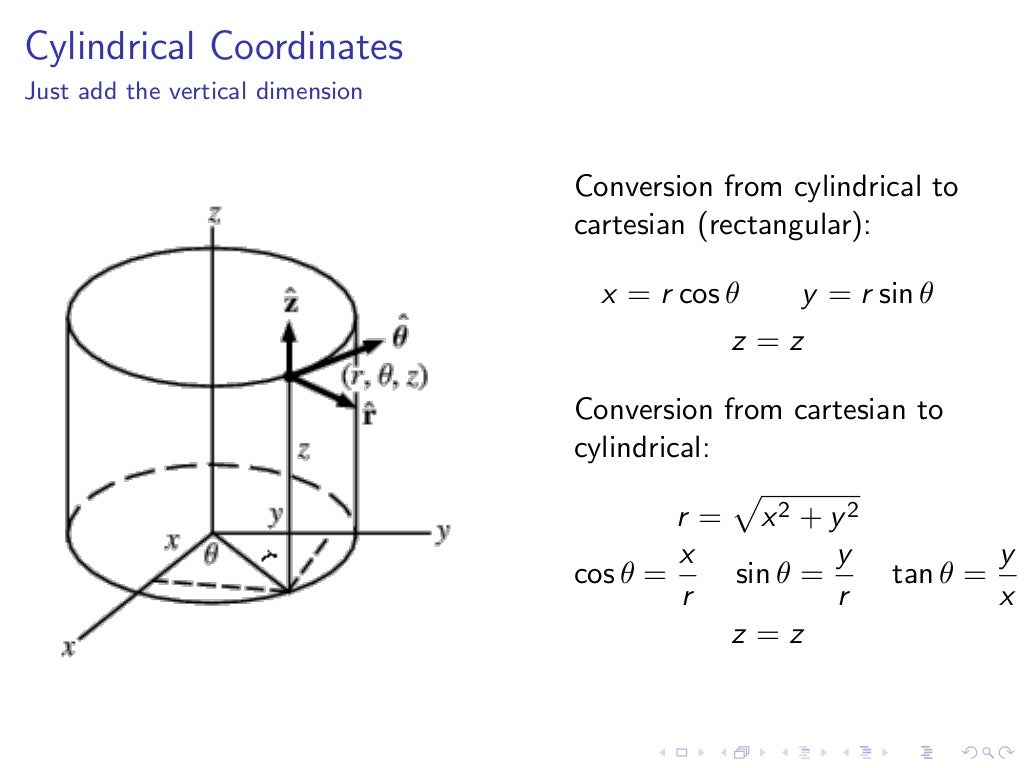

I've defined two quantities under Component 1 -> Definitions. Ok, I'll illustrate one way (but there are others) that leverages my earlier comment. I suspect that with a little thought, you can generalize this approach into your own user-defined functions and line integrals. Also under Settings, you can click "Evaluate" and then (in Table 1) you will see appear the value of the integral of whatever expression you entered, which has been evaluated around the parameterized curve (i.e., the circle). Put whatever you want to be integrated into the Expressions field, under Settings.

(You don't actually have to plot it, to use it for doing integrals.) Now, if you look under Results -> Derived Values, you will see something I called "My Line Integral." Select that. Notice how the circle has a radius of myR, which you can pass to it (I arbitrarily set myR=0.25 for this example). If you want, you can click on that and click "Plot" under the Settings tab, to see the circle. Then, under Results -> Datasets, I've defined a parameterized curve that is a simple circle, which I have called "My Parameterized Curve (Circle)" which you will find listed there. You could just take it to be $\theta=0$ to be concrete.Ok, I'll illustrate one way (but there are others) that leverages my earlier comment. What about the point where $(x,y)=(0,0)$? In this case, the angle $\theta$ isn't well defined. With this caveat (and also mapping points where $x=0$ to $\theta=\pi/2$ or $-\pi/2$), one obtains the following formula to convert from Cartesian to polar coordinates One might neet to add $\pi$ or $2\pi$ to get the correct angle. Since $r$ is the distance from the origin to $(x,y)$, it is the magnitude $r=\sqrt$, but a problem is that $\arctan$ gives a value between $-\pi/2$ and $\pi/2$. To go the other direction, one can use the same right triangle.

The $y$-component is determined by the other leg, so $y=r\sin\theta$. The projection of this line segment on the $x$-axis is the leg of the triangle adjacent to the angle $\theta$, so $x=r\cos\theta$. The hypotenuse is the line segment from the origin to the point, and its length is $r$. We can calculate the Cartesian coordinates of a point with polar coordinates $(r,\theta)$ by forming the right triangle illustrated in the below figure. The coordinate $r$ is the length of the line segment from the point $(x,y)$ to the origin and the coordinate $\theta$ is the angle between the line segment and the positive $x$-axis. Alternatively, you can move the blue point in the Cartesian plane directly with the mouse and observe how the polar coordinates on the sliders change. When you change the values of the polar coordinates $r$ and $\theta$ by dragging the red points on the sliders, the blue point moves to the corresponding position $(x,y)$ in Cartesian coordinates. Notice the non-uniqueness of polar coordinates when $r=0$. You can also move the point in the Cartesian plane and observe how the polar coordinates change. You change the polar coordinates using sliders and observe how the point moves in the Cartesian plane. The following applet allows you to explore how changing the polar coordinates $r$ and $\theta$ moves the point $P$ around the plane. However, even with that restriction, there still is some non-uniqueness of polar coordinates: when $r=0$, the point $P$ is at the origin independent of the value of $\theta$. Hence, we typically restrict $\theta$ to be in the interal $0 \le \theta < 2\pi$. Adding $2\pi$ to $\theta$ brings us back to the same point, so if we allowed $\theta$ to range over an interval larger than $2\pi$, each point would have multiple polar coordinates.

The polar coordinates $(r,\theta)$ of a point $P$ are illustrated in the below figure.Īs $r$ ranges from 0 to infinity and $\theta$ ranges from 0 to $2\pi$, the point $P$ specified by the polar coordinates $(r,\theta)$ covers every point in the plane. Instead of using the signed distances along the two coordinate axes, polar coordinates specifies the location of a point $P$ in the plane by its distance $r$ from the origin and the angle $\theta$ made between the line segment from the origin to $P$ and the positive $x$-axis. Another two-dimensional coordinate system is polar coordinates. In two dimensions, the Cartesian coordinates $(x,y)$ specify the location of a point $P$ in the plane.


 0 kommentar(er)
0 kommentar(er)
